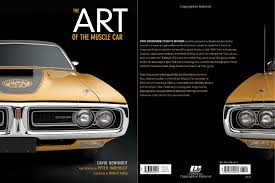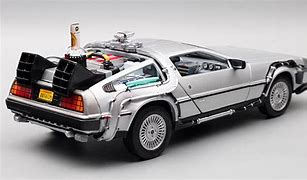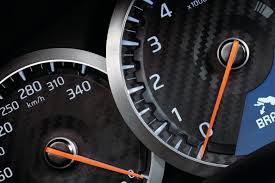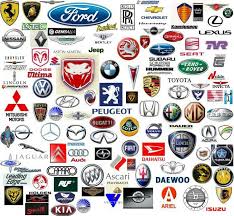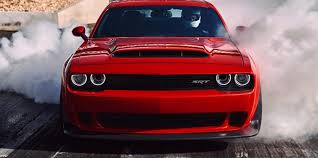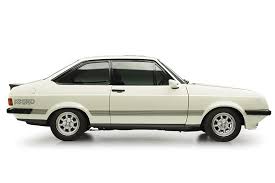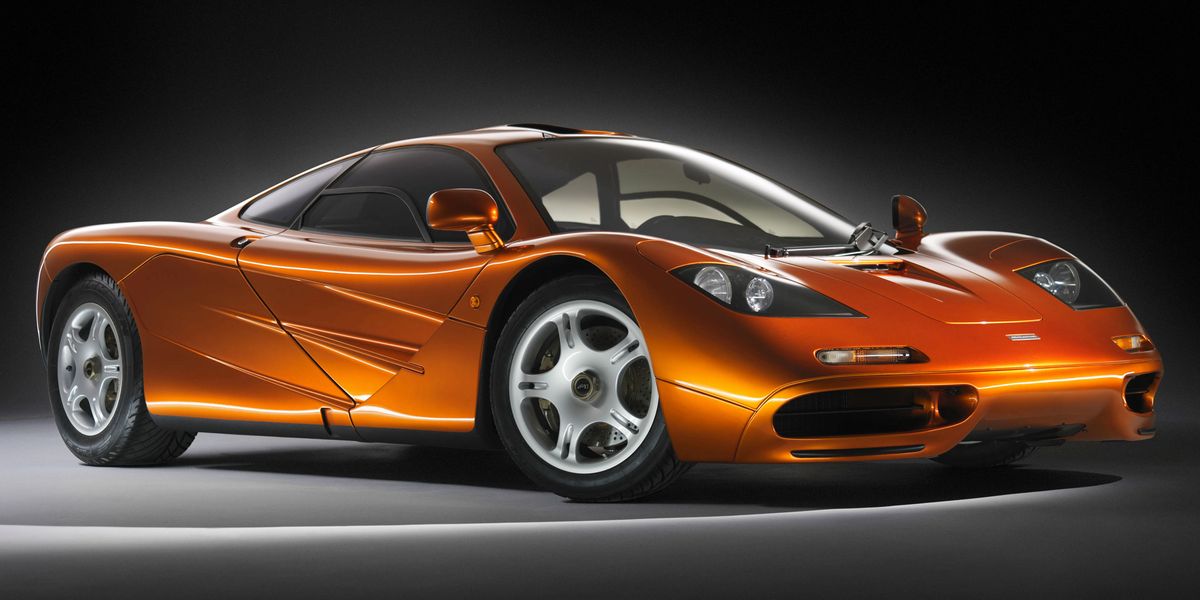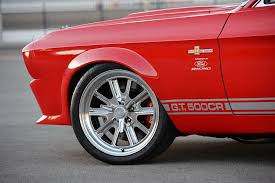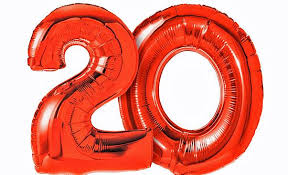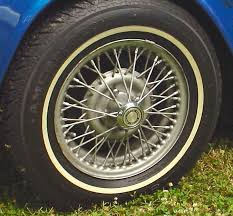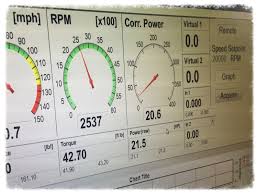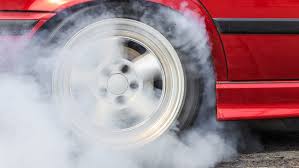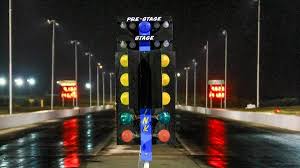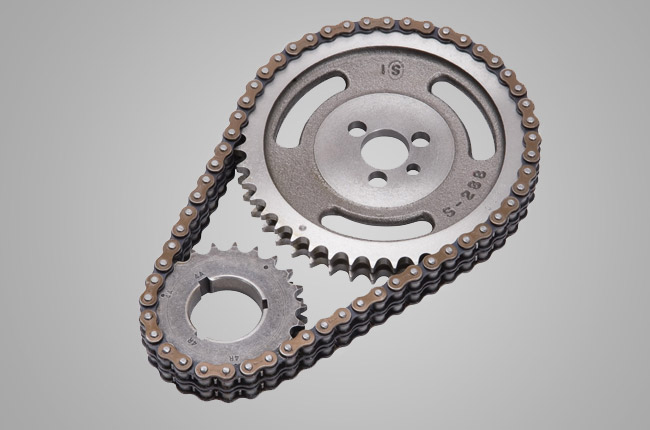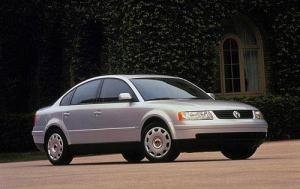


This edition of the Peugeot 205 GTi 1.6 8v is the 5 speed / Manual version and was first brought out in 1984. This was at around the same time as the introduction of the 1985 Lamborghini Countach LP5000S QV and the 1984 Audi Quattro Sport 2.2 T.This particular Peugeot 205 has a 1580cc Naturally Aspirated Petrol powerplant with 4 cylinders in a St formation.
The 205 shares its Petrol St4 engine configuration with the likes of the 2019 Ariel Atom 4 2.0 Turbo and the 2013 Caterham 7 620 R 2.0 L Supercharged. If you're looking for other fast cars which share the 205's Front Wheel Drive, Hatchback combination then how about the 2022 Volkswagen-VW Golf R Performance 2.0 Turbo or the 2020 Toyota Avalon TRD 3.5 V6.
Weighing in at 850 kgs (1873 lbs) this makes the Peugeot 205 GTi 1.6 8v in the same weight category as the 2011 Lotus Elise Club Racer or the give or take 50kg.
In terms of power the 1580cc 8V St4 engine produces 104 bhp (77 kW) @ 6250 rpm similar to the 2017 Ford Fiesta 1.5 TDCi ST-Line 120 (118 bhp) or the 2013 Caterham 7 160/165 0.7L Turbo (79 bhp).
The Naturally Aspirated St4 throws out 97 lb-ft (131.5 Nm) @ 4000 rpm placing it with cars of similar torque performance figures such as the 2013 Caterham 7 160/165 0.7L Turbo (79 lb-ft) or the 2012 Mini Cooper Paceman (118 lb-ft).
If one combines the weight with power or torque performance for the Peugeot 205 you can get a better idea of it's real world performance.
![Alfa-Romeo 159 3.2 V6 Q4 - [2005] image Alfa-Romeo 159 3.2 V6 Q4 - [2005] image](/editionimages/1287.jpg)
The 2005 Alfa-Romeo 159 3.2 V6 Q4 (147.1 bhp per ton) has similar Bhp Per Ton stats as the Peugeot 205.
The Peugeot 205 has a Power to weight ratio of 122.3 bhp per ton and 114.1 lb-ft per ton. Bhp Per Ton figures of the 1984 205 competing with the 2005 Alfa-Romeo 159 3.2 V6 Q4 (147.1 bhp per ton) or the 2000 Ford Puma 1.7i 16V Ford Racing (147.1 bhp per ton).
If you agree with the late great Carroll Shelby then arguably an even better indicator of potential performance, Torque. Use weight as well and you end up with - Torque per ton, with the Peugeot 205 generating around 114.1 lb-ft per ton. If you're curious as to what other cars have as much torque to weight then look no further than the 2012 Mini Cooper S Paceman (139.1 lb-ft per ton) or the 2005 Vauxhall-Opel Astra 2.0 Turbo SRI (139.0 lb-ft per ton).
With a 0-60mph time of 8.60 secs or a 0-100km/h (0-62mph) of 8.9 secs, this made the Peugeot 205 GTi 1.6 8v as fast as the 2012 Jaguar XJ V6 (8.60 secs) the 2006 Land-Rover Range Rover Sport 3.6 TDV8 (8.60 secs) the 2004 Audi A4 1.8T Sport (8.60 secs) the or the 2003 Volkswagen-VW Golf 2.0 FSI (8.60 secs). This Peugeot 205 GTi 1.6 8v is also faster than the 2017 Ford Fiesta 1.5 TDCi ST-Line 120 (8.70 secs) the 2011 Renault Twingo 1.6 133 Renaultsport Cup (8.70 secs) the 2009 Peugeot RCZ 2.0 HDi 200 GT (8.70 secs) the and the 2003 Lancia Thesis 3.2 V6 24v Comfortronic (8.70 secs).
When talking about the performance of the Peugeot 205 on the drag strip it can reach a quarter mile in an estimated 16.35 secs @ 83.7 mph. Similar performance down the quarter mile can be found with the the 2006 Saab 9-3 2.8 V6 Aero (16.27 secs), the 1959 Maserati 5000 GT (16.28 secs), and the 2016 Subaru Legacy 3.6 R (16.28 secs).
Modern performance cars are often artificially restricted to 155mph. The 1984 version of the Peugeot 205 GTi 1.6 8v has a maximum speed of 120mph.
If maxing out your car on the AutoBahn is your thing and you're wondering what's faster than the 1984 Peugeot 205 GTi 1.6 8v then how about the 2018 Toyota Sequoia TRD Sport 5.7 V8 (131 mph), the 2011 Abarth 500 Essessee 1.4 Turbo (131 mph), or the 2011 Abarth 500C Essesse 1.4 Turbo (131 mph).


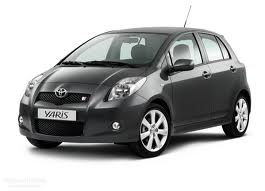


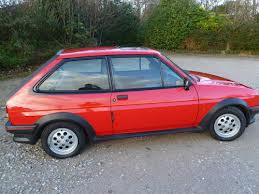
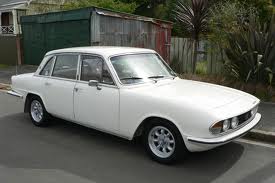
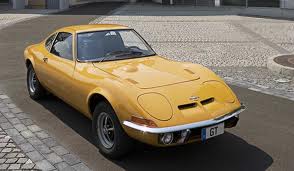

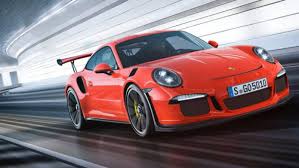
Porsche 911 GT3 RS 4.0 991
Engine: Naturally Aspirated Petrol | 3996cc 24v F6
Top Speed: 193 mph
0-60mph: 3.10 seconds

Aston-Martin Lagonda Series 2
Engine: Naturally Aspirated Petrol | 5341cc 16v V8
Top Speed: 225.3 kph
0-100kph: 7.2 seconds
